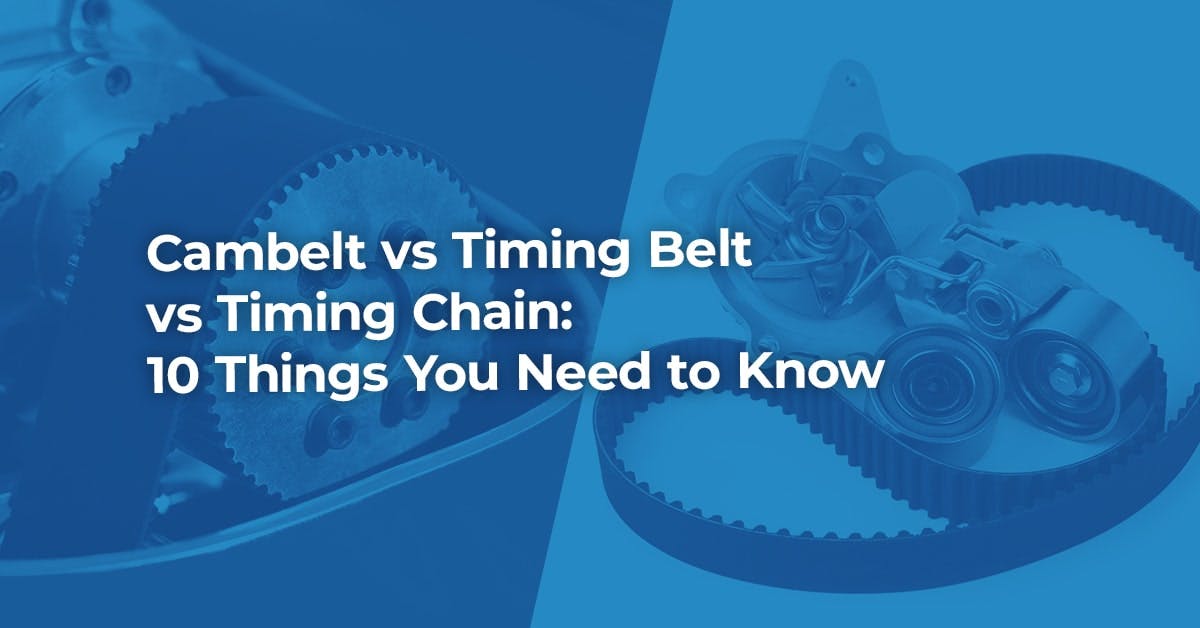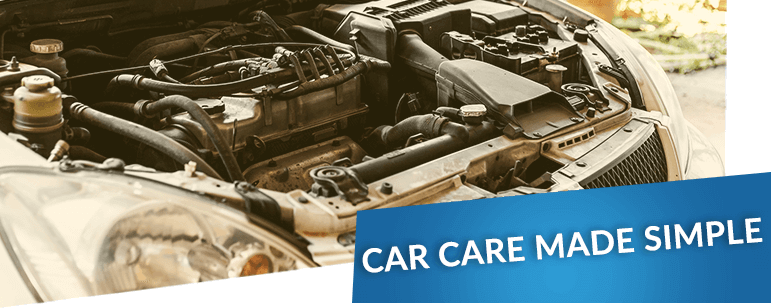Keeping important components of the motor working in sync, your car’s cambelt – also known as a timing belt – regulates your engine’s timing.
Every vehicle has a cambelt, though certain vehicles will have a timing chain instead.
As this part is located deep within the engine, chances are you don’t know much about it – even though this part could end up being costly to replace if not treated with care.
Read on and learn what makes a timing belt different from a timing chain, what these parts do, and when you should have them replaced.
Page Contents
- What is a Cambelt?
- What Does a Cambelt Do?
- What is a Timing Chain?
- What Does a Timing Chain Do?
- Is There a Difference Between Timing Chains and Timing Belts?
- Does My Car Have a Cambelt or a Timing Chain?
- When Should You Change a Timing Chain?
- Is My Timing Chain Bad?
- Is My Timing Belt Bad?
- How Much Does a Timing Belt Replacement Cost (UK)?
- How Much Does a Timing Chain Replacement Cost (UK)?
- How Much Does a Water Pump Replacement Cost?
What is a Cambelt?
Made of rubber or polyurethane, a cambelt – or a timing belt - is a belt with teeth.
For extra strength, the timing belt in a car is made with nylon-reinforced cords.
The main components of the timing belt assembly are:
- The belt
- The tensioners and pulleys
- The drive belts
- The seals
- The water pump
The cambelt will stretch over time and become less efficient.
If not properly taken care of, the material the belt is made from can dry out and snap violently, which can cause serious damage to the engine.
What Does a Cambelt Do?
Located in the front of your engine bay, the cambelt controls the timing of the engine’s internal combustion components.
With teeth designed to keep the camshaft and crankshaft in time, the timing belt can control the opening and closing sequence of the valves and cylinders.
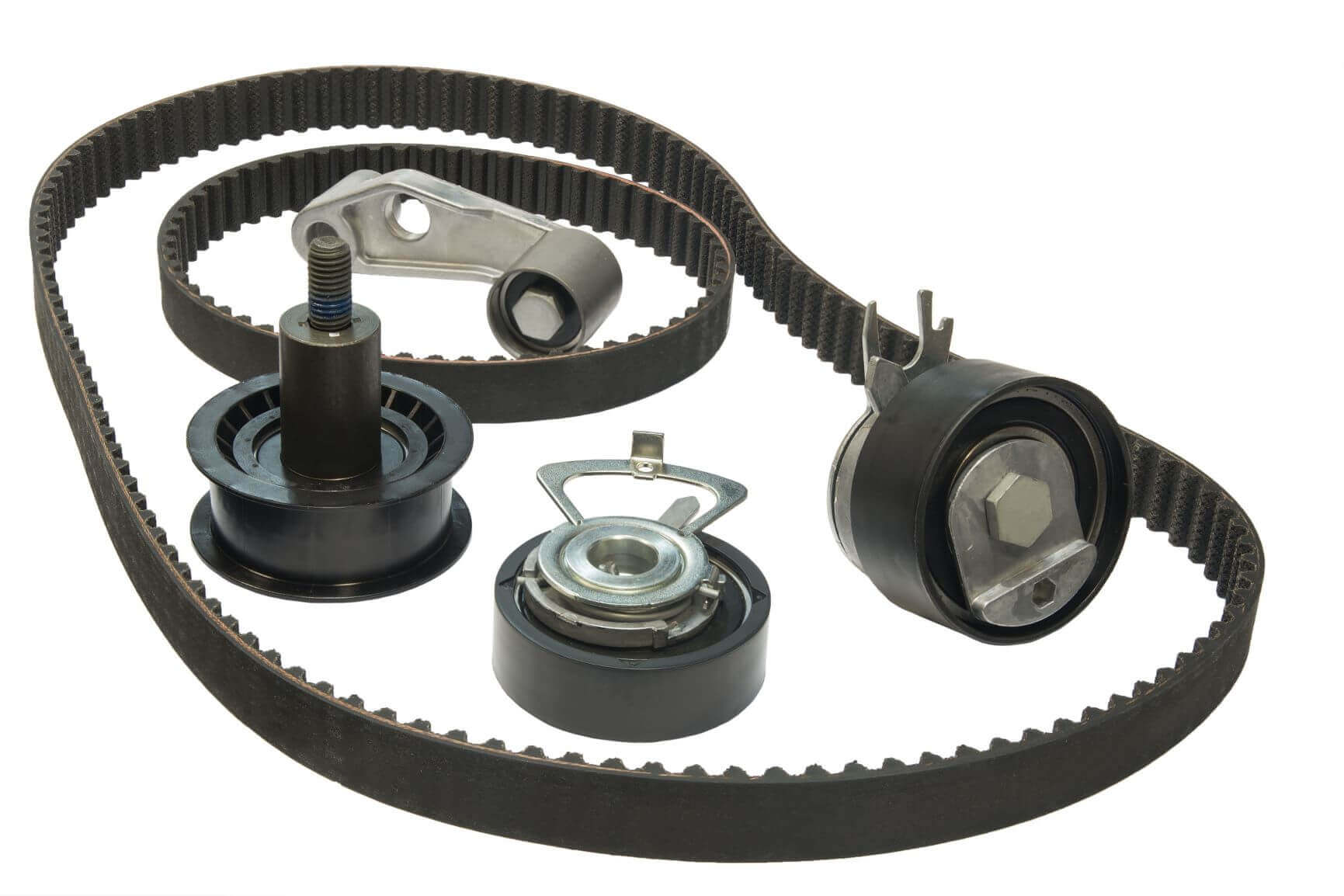
Without a functioning cambelt, the engine can’t run, so it is worth taking care of this crucial component.
If your car’s cambelt fails, then you may need to replace the valves, pistons or any number of other expensive engine parts.
What is a Timing Chain?
Unlike cambelts, a timing chain will usually be made from metal links.
Your timing chain can have 1 to 3 chain links, with more links meaning more teeth and gears.
Timing chains are found in the engine and are lubricated by engine oil.
They are generally longer than timing belts.
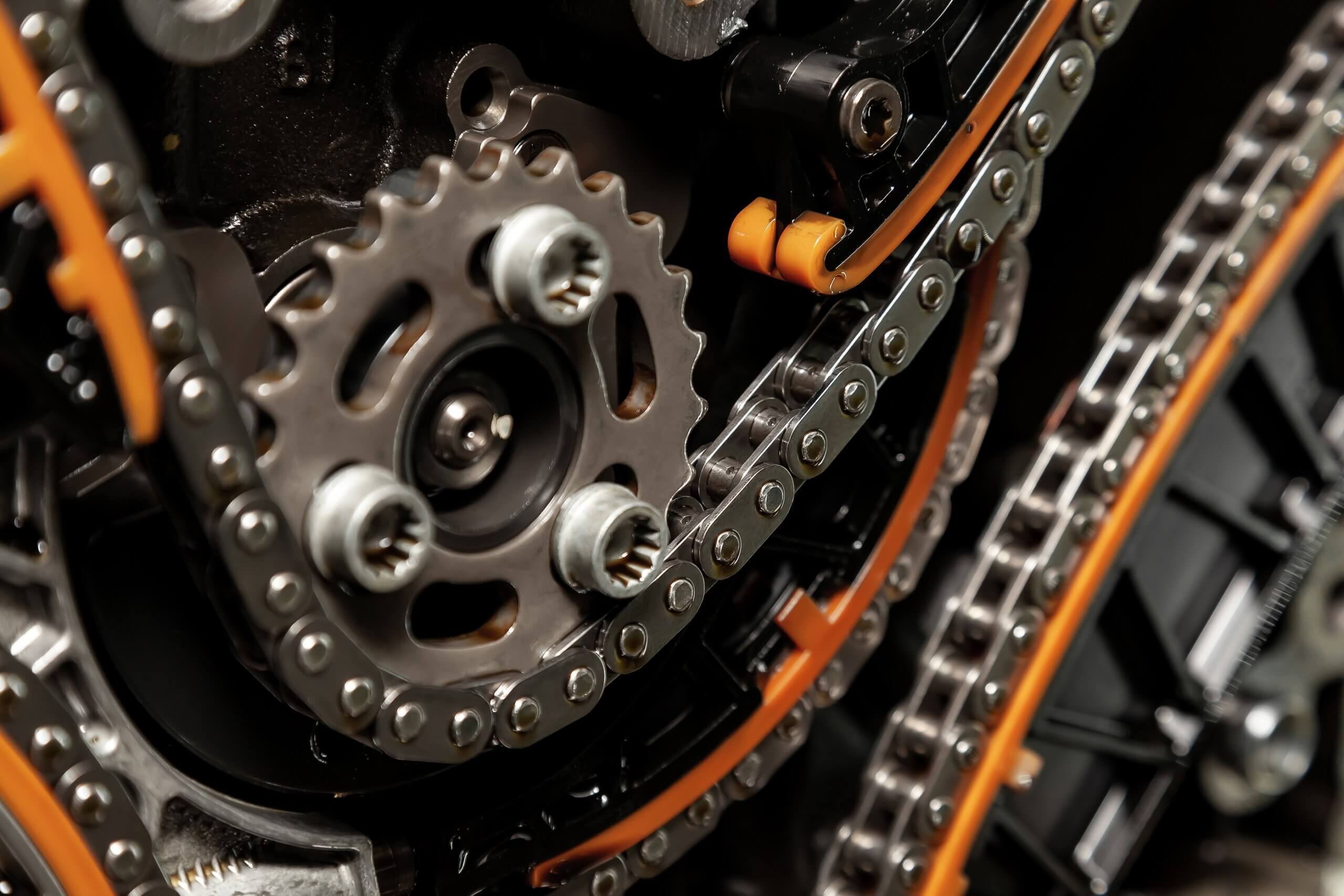
What Does a Timing Chain Do?
Resembling a linked bicycle chain, the teeth on the timing chain will grab onto the different wheels and gears which power your engine.
Hydraulic tensioners keep it taut, using engine oil pressure to do so.
A timing chain synchronises the rotation of the camshaft and crankshaft.
A four-stroke engine works on a cycle with four strokes within each one:
- Intake stroke
- Compression stroke
- Power stroke
- Exhaust stroke
The timing chain performs the accurate operation of the cycle at the right time of its strokes.
If you have an issue with the timing chain, the pistons and valves won't work properly, resulting in a costly repair.
Is There a Difference Between Timing Chains and Timing Belts?
The biggest difference between timing chains and timing belts is the material which they are made from.
Timing chains are generally more durable than belts as they are made from a stronger material, and can last the life of the car.
However, if oil pressure levels are too low, this can cause the tensioners to fail which can cause the timing chain to become slack.
This can lead to serious engine problems which can be costly to repair, so it pays to monitor your oil pressure levels.
Does My Car Have a Cambelt or a Timing Chain?
You can refer to your vehicle’s handbook to find out whether or not your engine has a timing belt or a timing chain.
Many popular UK models feature a timing chain instead of a timing belt, including the following:
- Audi A3 & A4
- All BMWs since 1993
- Citroen C1, C3 & DS3
- Dacia Sandero
- Ford Fiesta & Focus
- Honda Jazz & Civic
- Hyundai i10, i20 & i30
- Kia Rio, Picanto & Ce'ed
- Mazda 2, 3 & MX-5
- All Mercedes
- All MINIs
- Nissan Qashqai, Note & Juke
- Renault Twingo, Clio & Megane
- Toyota Aygo, Yaris & Prius
- Vauxhall Corsa, Astra & Zafira
You can open the bonnet of your car and inspect the engine to find out which your car has.
Check to see if there is a plastic cover on the right or left side of your engine, as this will indicate that your car uses a timing belt.
If no plastic is visible on the side, then your car uses a timing chain.
Alternatively, you can ask a professional mechanic to advise you further.
When Should You Change a Timing Chain?
A timing chain can last for more than 200,000 miles with proper care.
You may never even need a timing chain replacement, but you should book a check when your car reaches 125,000 miles.
Be sure to invest in regular oil changes to keep it well-lubricated.
Is My Timing Chain Bad?
Your timing chain could be faulty if you notice any of the following warning signs:
- A rattling sound
- Misfiring engine
- Contaminated engine oil
- An illuminate check engine light
- Engine won't start
Is My Timing Belt Bad?
Your timing belt may be bad if you notice any of the following warning signs:
- A misfiring engine
- Rough idling
- Car won't start
- A squealing noise
How Much Does a Timing Belt Replacement Cost (UK)?
In the UK, a timing belt change costs approximately £350.
However, the cambelt replacement cost will vary depending on labour rates and the type of vehicle you drive.
As this repair takes between 3 and 6 hours to complete, expensive labour costs can significantly increase the price, as could the make and model.
A timing belt replacement could cost up to £1,200, with replacements costing more for a Mercedes than a Ford, for instance.
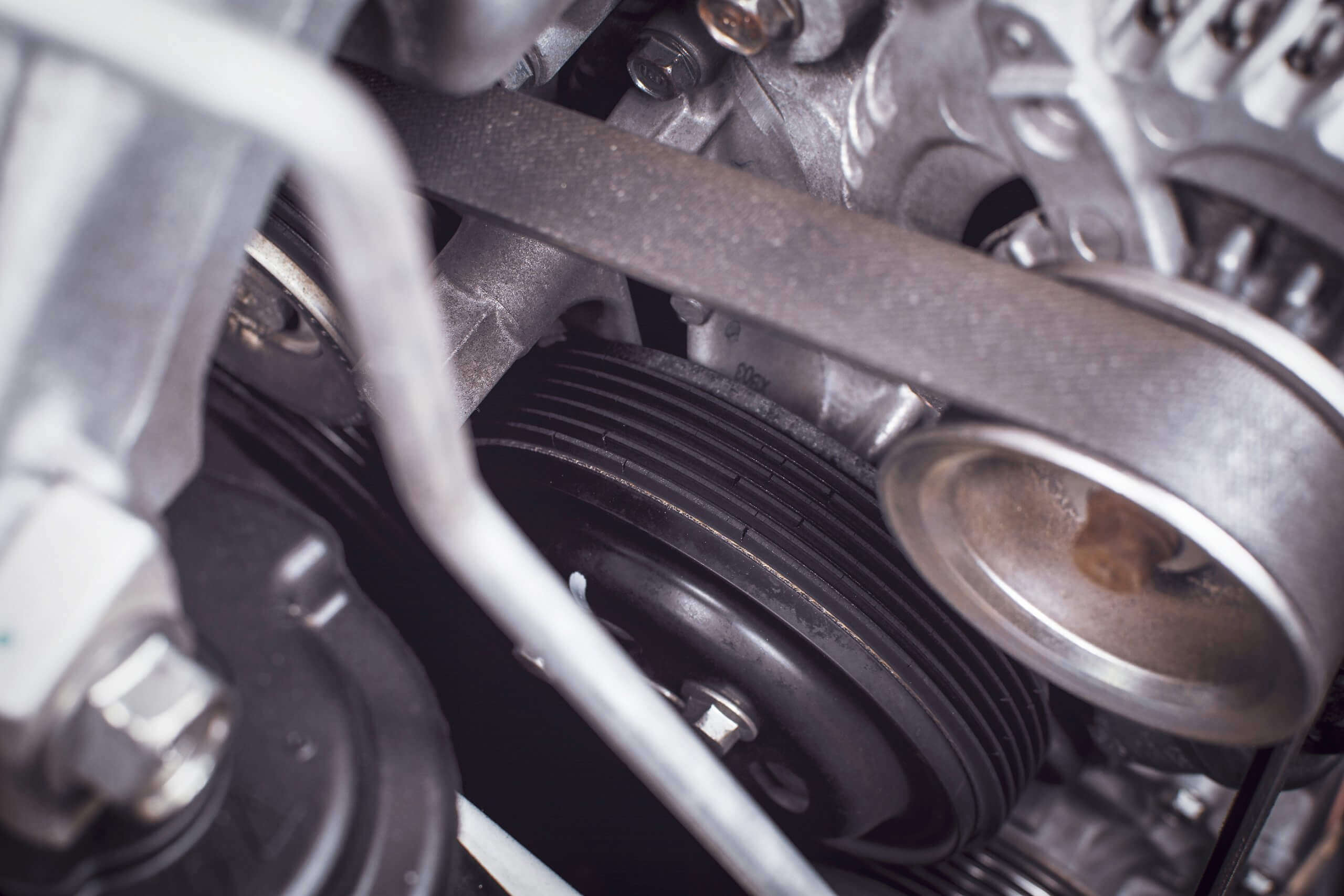
While a timing belt kit only costs around £100, the repair should only be attempted by an experienced mechanic.
A botched repair could ruin your car and end up costing you more in the long-run, so it is always best to leave these jobs to the experts.
How Much Does a Timing Chain Replacement Cost (UK)?
In the UK, a timing chain replacement costs anywhere between £600 and £1,300.
The price can vary depending on your vehicle's make and model.
How Much Does a Water Pump Replacement Cost?
Located in the engine bay, the water pump is designed to pump water and coolant around the cooling system to prevent the engine from overheating.
A water pump replacement can cost between £100 and £700.
Booking a water pump replacement and cambelt change together can actually save you time and money.
Both parts are located in the same part of the engine and take roughly the same length of time to replace, so it makes sense to have them replaced together.
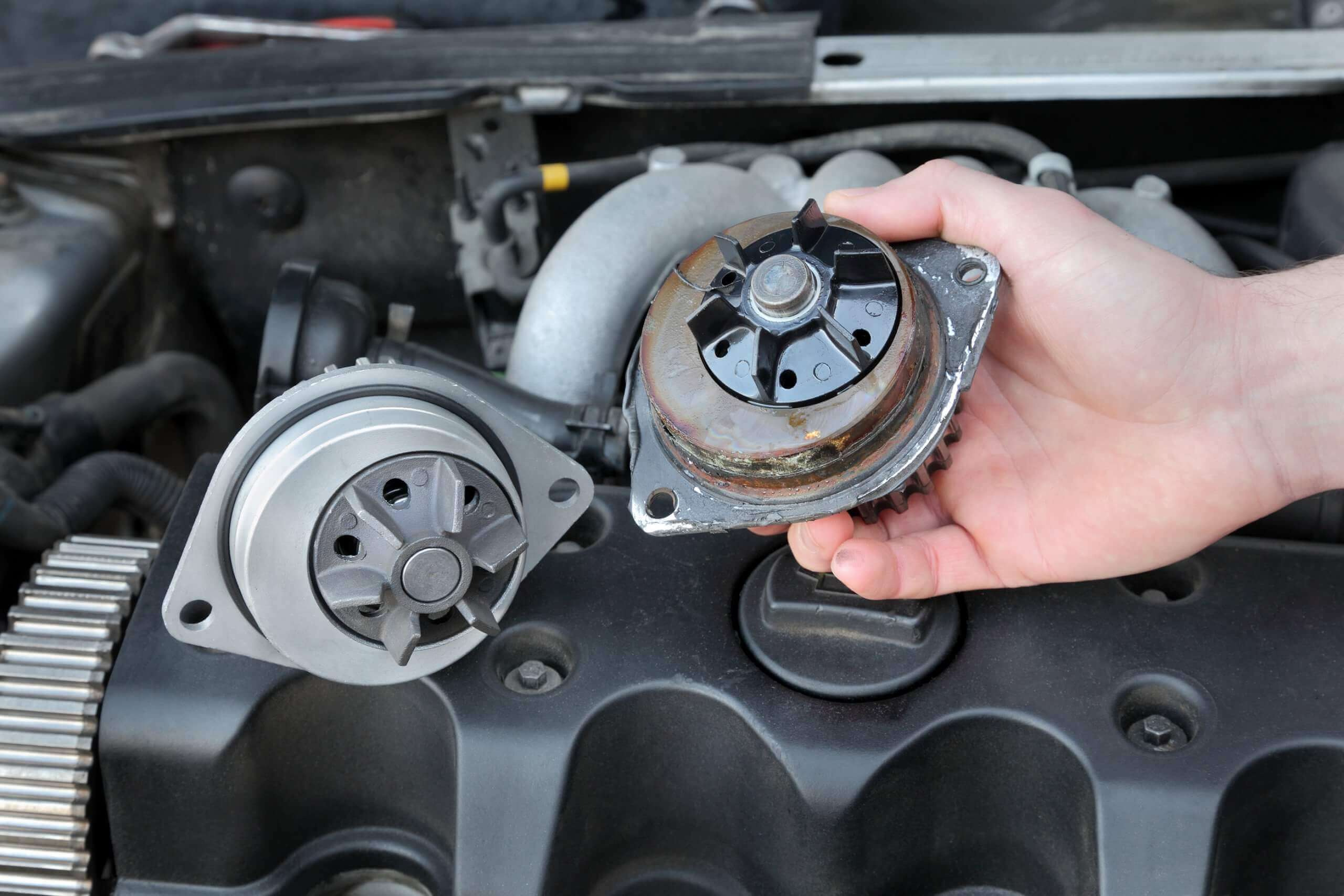
If you would like to find the best price on a cambelt and water pump replacement near you, simply enter your reg number and postcode into BookMyGarage to compare instant prices.
Book with the garage that suits you best and find a great deal on a cambelt replacement today.
